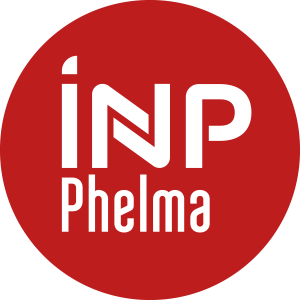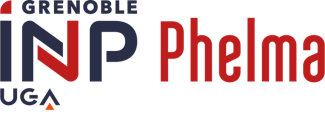Volumes horaires
- CM 10.0
- Projet 0
- TD 10.0
- Stage 0
- TP 0
Crédits ECTS
Crédits ECTS 2.0
Objectif(s)
Introduce the main techniques to characterize:
- Biomolecular interactions at interfaces: Surface Plasmon Resonance, BioLayer Interferometry
- Nanomaterials and surfaces: Quartz Crystal Microbalance with Dissipation monitoring, Spectroscopic Ellpisometry, Local Probe Microscopy technics, Electron microscopy
Contenu(s)
• Biomolecular interactions at interfaces: Design of an assay, data analysis, principle and examples of Surface Plasmon Resonance (SPR) and BioLayer Interferometry (BLI)
• Characterization of molecular adsorption: Quartz Crystal Microbalance with Dissipation monitoring-QCM-D, Spectroscopic Ellipsometry
• Electron microscopy: Why use electrons for imaging and how? Scanning Electron Microscopy, Transmission Electron Microscopy
• An Introduction to Local Probe Microscopy technics: Quick overview on Scanning Probe Microscopy (SPM), Advanced Scanning Force Microscopy (SFM), Examples of applications in biomedical research and nanobiology
Teachers:
• Biomolecular interactions at interfaces: Angéline Van der Heyden
• Characterization of molecular adsorption: Elisa Migliorini
• Electron microscopy: Jean-Luc Putaux
• An Introduction to Local Probe Microscopy technics: Franck Dahlem
Prérequis
Semestre 9 - L'examen existe uniquement en anglais 
40% continuous assessment (10 min oral presentation on a research paper + 10 min questions)
60% written exam (1h)
No documents allowed, calculator allowed
Continuous assessment and written exam (1h)
40% continuous assessment 60% written exam
Le cours vaut 3.0 ECTS pour les étudiants du cursus UE Broadening courses nanomedicine1
Semestre 9 - Le cours est donné uniquement en anglais



